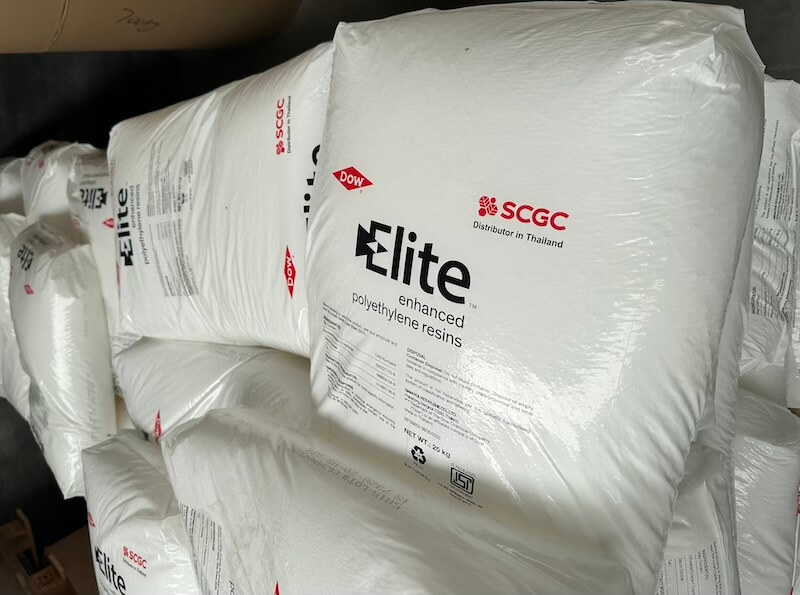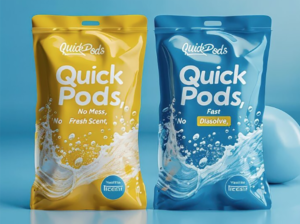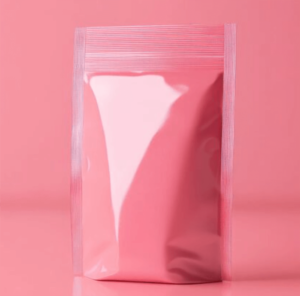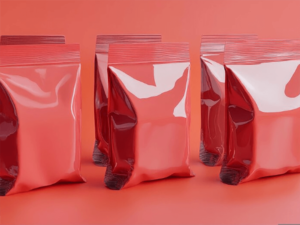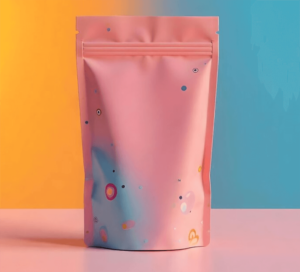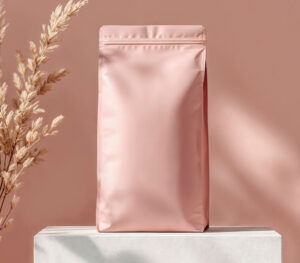In the fast-paced world of business, finding the most cost-effective solutions is essential for maintaining profitability without compromising product quality. When it comes to packaging, companies are constantly looking for ways to cut costs while still ensuring their products are protected, presented well, and compliant with regulations. Whether you’re in the food industry, cosmetics, or e-commerce, packaging is a significant part of your overall expenses. But what is the cheapest packaging material, and how can you choose the best one for your product?
In this blog, we’ll explore various packaging materials, compare their costs, and give you some insights on how to make a smart decision that balances price, performance, and sustainability.
The Cheapest Packaging Materials in the Market
When we talk about packaging materials, we generally refer to options made from plastic, paper, glass, metal, and even biodegradable materials. The cost of each material can vary based on factors such as production scale, material type, and the intended use of the packaging. Let’s break down some of the most common packaging materials and their cost-effectiveness.
1. Plastic (Polyethylene and Polypropylene)
Plastic is often the most cost-effective packaging material, especially when it comes to high-volume production. Polyethylene (PE) and polypropylene (PP) are two of the most commonly used types of plastic packaging materials, and both are relatively inexpensive compared to alternatives like glass or metal.
Plastic packaging is lightweight, durable, and can be easily molded into a variety of shapes and sizes. It’s also versatile, making it a popular choice for everything from food packaging to cosmetic containers. The material is widely available, and the manufacturing process for plastic packaging has become highly efficient over the years, which drives costs down.
Plastic bags, shrink wraps, and plastic bottles are some of the most common forms of plastic packaging that businesses use, and they tend to be quite affordable for both small and large-scale production. However, while plastic is cheap, it’s important to consider the growing demand for more sustainable packaging solutions, as many consumers are opting for eco-friendly alternatives.
2. Cardboard and Paperboard
Cardboard and paperboard packaging are also low-cost options, especially for products that are shipped or sold in retail environments. They are lightweight, recyclable, and can be used in various formats, such as boxes, cartons, or inserts. Cardboard is commonly used for shipping boxes, while paperboard is often found in retail packaging, such as cereal boxes or cosmetic packaging.
The cost of cardboard and paperboard is generally lower than that of plastic, but it can vary depending on the thickness and quality of the material. For example, corrugated cardboard, which provides extra durability and protection, may cost more than standard paperboard.
Benefits:
- Biodegradable and recyclable
- Versatile and easy to customize with printing
- Provides excellent protection for fragile items
However, paper-based packaging is less water-resistant than plastic, so it might not be suitable for items that need to be protected from moisture or liquids, such as certain food products.
3. Glass (For Specialty Packaging)
While glass packaging is often considered premium due to its visual appeal and durability, it is generally more expensive than plastic and cardboard. The high cost of glass arises from both the material itself and the manufacturing process. Glass requires more energy to produce, which can make it costlier, particularly for mass production.
However, in certain industries, such as high-end food or beverage packaging, glass may be the preferred choice due to its ability to preserve product quality and enhance the product’s aesthetic. The glass packaging market is growing, particularly in the beverage industry, where glass bottles are still preferred for wine, spirits, and craft beers.
Drawbacks:
- Higher production and shipping costs
- Heavier than plastic, leading to increased shipping expenses
- Fragile nature requires more careful handling
4. Biodegradable and Compostable Materials
Sustainability is at the forefront of the packaging industry, and biodegradable and compostable materials have been gaining popularity as eco-friendly alternatives. Materials like PLA (polylactic acid), which is made from plant-based sources like corn or sugarcane, can be used to create compostable bags, containers, and wraps. While these options are still somewhat pricier than conventional plastics, advancements in technology are gradually making them more affordable.
Biodegradable packaging has the potential to be cheaper in the long run, especially as regulations around plastic packaging become stricter. However, in terms of raw material cost, biodegradable options may not always be the cheapest choice.
Pros:
- Environmentally friendly
- Meets growing consumer demand for sustainable products
- Can help companies meet regulatory requirements
Despite the higher initial cost, consumers and brands are increasingly willing to pay a premium for sustainable packaging, making it a worthwhile investment in the long term.
Factors to Consider When Choosing the Cheapest Packaging Material
While it’s tempting to focus on raw material cost alone, several other factors can impact the overall expense and effectiveness of your packaging choice. Here are some key considerations to keep in mind when selecting the cheapest packaging material for your product:
1. Durability and Protection
The cheapest packaging material may not always be the most effective at protecting your product. For example, plastic is inexpensive, but if it doesn’t provide adequate protection for your fragile items, it may lead to damaged goods, returns, and unhappy customers. On the other hand, cardboard is great for shipping, but it may not offer the same level of protection as foam or plastic packaging.
2. Production Scale
If you’re producing large quantities of a product, you may be able to negotiate a better price on materials or choose a cost-effective packaging option like rollstock film or plastic bags. For smaller-scale production, pre-made pouches or custom boxes might be necessary, but they could incur higher unit costs.
3. Shipping Costs
Shipping expenses can add up quickly, especially for heavier materials like glass. Plastic, being lightweight, tends to be much cheaper to ship, reducing your overall costs. Consider both the cost of packaging materials and the cost of transporting your products when making your decision.
4. Sustainability
As mentioned earlier, the cost of eco-friendly packaging can sometimes be higher than conventional options. However, as consumers demand more sustainable products, brands that invest in eco-friendly packaging may benefit from increased customer loyalty and positive brand perception.
In the quest for the cheapest packaging material, plastic (specifically polyethylene and polypropylene) generally stands out as the most cost-effective option for high-volume production. However, it’s important to remember that the cheapest choice isn’t always the best choice. Factors such as product protection, sustainability, and consumer preferences should all influence your decision.
Ultimately, the right packaging material will balance cost, performance, and sustainability. While plastic might be the most economical option for mass production, businesses must weigh the long-term benefits of sustainability and durability, especially as eco-consciousness grows in consumer demand.

